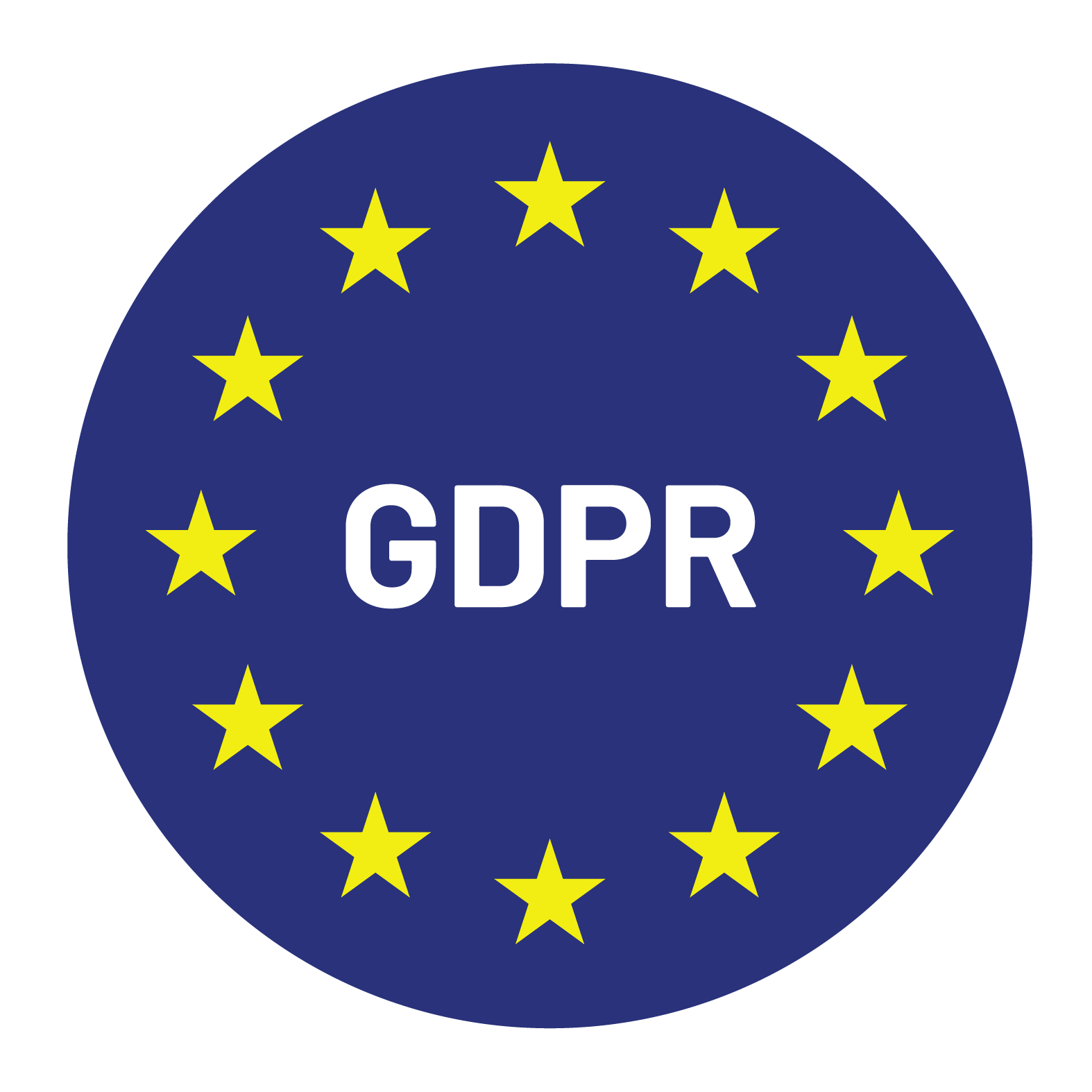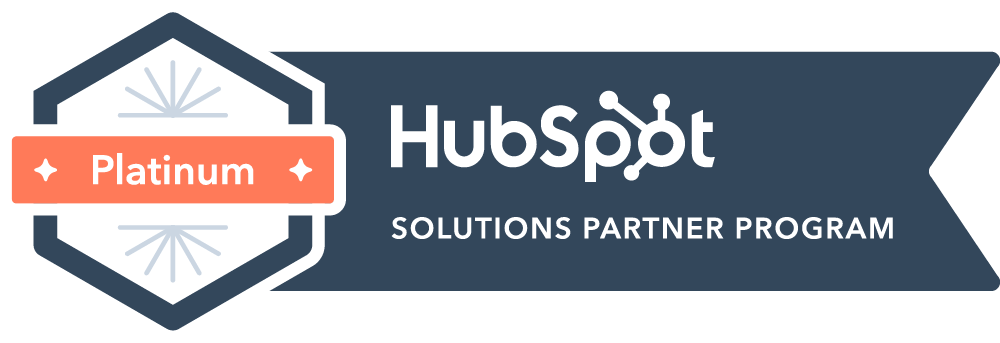

Content Writer for Whistle with multidisciplinary experience spanning over a decade.
Most B2B sales teams aren’t struggling because of a lack of tools or data. They’re struggling because they can’t consistently turn those resources into qualified pipeline. Internal teams are stretched thin, hiring is slow, and the pressure to deliver results hasn’t gone anywhere. This is why more companies are turning to SDR outsourcing, not to cut corners, but to build a more reliable and scalable approach to outbound sales.
Outsourcing sales development means bringing in external specialists to manage the early stages of the sales process: prospecting, outreach, qualification, and meeting setting. When done well, it allows businesses to expand their reach, test new markets, and generate opportunities faster than they could with an in-house team alone.
But outsourcing only works when it’s treated as a strategic function—not a transactional one. Success depends on having clear goals, strong operational alignment, and a partner who understands both your market and your standards. Without that, the risks are real: poor lead quality, misaligned messaging, and wasted time on the wrong conversations.
For companies that need to generate pipeline but can’t justify building or scaling an internal SDR team, outsourcing can offer a practical, high-impact alternative. The key is knowing when it makes sense, how to set it up correctly, and what to avoid along the way.
SDR outsourcing refers to the practice of working with an external team to manage the earliest stages of your sales process. This typically includes prospecting, outbound outreach, lead qualification, and scheduling meetings for your internal sales team. Instead of hiring, training, and managing SDRs internally, companies engage specialized providers who focus exclusively on outbound execution and can operate as an extension of their team.
For many B2B businesses, outsourcing supports lead generation without the time, cost, or operational burden of building an in-house SDR function. The external team works on your behalf, using your brand voice and messaging to engage prospects and hand over qualified opportunities to your internal team.
The real advantage of lead generation outsourcing is the ability to move quickly. Whether you’re entering a new market, testing messaging, or trying to scale outreach in a short timeframe, an external partner can ramp faster than most internal teams can. These teams often bring established systems, trained talent, and proven outreach strategies that help you generate results sooner.
Importantly, outsourcing does not require giving up control. With the right structure and oversight, it can give your business more capacity and consistency at the top of the funnel, while allowing your internal team to stay focused on closing deals and driving revenue.
Outsourcing is not the right choice for every company. The timing, structure, and internal readiness all matter. But for many B2B teams, especially those experiencing growth or resource constraints, there are clear signals that it may be time to consider working with an external SDR partner.
One of the most common signs is that your internal sales team is focused entirely on closing deals, leaving little time or capacity for consistent outbound prospecting. Without a dedicated function at the top of the funnel, even the best closers will eventually run into a pipeline shortfall.
You may also find that you need to generate qualified pipeline quickly, but lack the time to recruit, onboard, and train new SDRs. In these situations, the delay involved in building a team internally can mean missing key market opportunities.
Expansion into new regions, industries, or customer segments is another inflection point. Testing new outreach strategies, refining messaging, and scaling into unfamiliar markets often requires more outreach capacity than your team can realistically support alone.
In other cases, companies turn to SDR outsourcing because their current outbound efforts lack consistency or fail to produce measurable outcomes. If lead quality is unpredictable, conversion rates are unclear, or outreach feels sporadic, outsourcing can provide structure, scale, and accountability.
Still, the presence of pain points does not automatically mean outsourcing is the right solution. The decision should be tied to your broader sales strategy and readiness to support an external partner effectively.
Outsourcing can backfire when used as a quick fix without clear strategy or alignment. If you haven’t defined your ICP, don’t have messaging that resonates, or aren’t ready to support leads once they’re qualified, even the best SDR outsourcing services will struggle to deliver results.
It can also create confusion if internal teams view the outsourced SDRs as disconnected or temporary. Without proper onboarding, oversight, and a clear feedback loop, you risk losing control over how your brand shows up in market.
When it’s done with the right structure and expectations, outsourcing SDRs offers several advantages:
It also allows your core team to stay focused on what they do best, whether that’s closing deals, running demos, or refining your offer.
Before you outsource anything, be specific about what success looks like. Are you aiming to drive X number of meetings per month? Penetrate a specific vertical? Validate messaging?
You’ll also need a clear, updated Ideal Customer Profile. If your ICP isn’t nailed down, no amount of outreach, internal or external, will lead to productive conversations.
Outsourced SDRs aren’t guessers. They’re only as effective as the input you give them.
Your choice here depends on scope, speed, and risk tolerance. Freelancers can be cost-effective but often lack the tools, processes, and accountability of a full team. Agencies or SDR outsourcing companies bring built-in infrastructure and scale, but they vary widely in quality.
If consistency, team management, and performance tracking matter to you (and they should), agencies are usually the safer bet. But always evaluate based on your business context and campaign goals.
Not all SDR outsourcing services are created equal. Ask tough questions:
Look for proof of success in your industry or segment. And watch out for red flags like vague reporting, overly scripted outreach, or a one-size-fits-all pitch.
Even outsourced teams need access to the right systems. Make sure your partner has what they need: CRM access, lead scoring criteria, messaging assets, and data tools.
Set up regular touchpoints and Slack or project channels to keep communication easy and transparent. Outbound doesn’t work in isolation; your internal sales and marketing teams should stay connected to the process.
Outreach must feel relevant, human, and on-brand. Spend time aligning with your partner on tone, value proposition, and buyer pain points. Avoid handing off a vague script and hoping for the best.
Set clear guidelines for how SDRs should communicate across email, phone, and LinkedIn. And make sure there’s room for iteration. Great messaging often emerges after testing.
Once the campaign is live, track the right metrics: meetings booked, show rates, lead quality, conversion to pipeline. But don’t stop at the numbers, qualitative feedback from AEs matters just as much.
Treat the relationship like any performance function. What’s working? Where are deals stalling? Use that data to refine targeting, messaging, and approach over time.
If you and your SDR provider aren’t working toward the same definition of success, the campaign will drift. Start with shared KPIs, agree on your ICP, and align expectations around quality, not just quantity.
Even high-volume campaigns can miss the mark if the leads don’t convert. Often, the issue comes down to unclear qualification criteria or overly broad targeting. Fix this through better alignment, feedback loops, and regular review of lead quality.
Outsourced SDRs are an extension of your brand. If they go to market with canned outreach or misrepresent your offering, it damages trust. Invest time upfront in messaging workshops and ongoing reviews. Keep a pulse on how they’re showing up.
If you’re selling into regulated industries or handling sensitive customer data, compliance cannot be an afterthought. Any SDR partner you work with should meet your standards for data handling, opt-outs, and privacy regulations like GDPR or CCPA. If they cannot demonstrate that capability, the risk is too high to move forward.
More broadly, SDR outsourcing can be a practical way to scale B2B lead generation without overextending your internal team. But the strength of any outsourced program depends on how it is structured. Without clear goals, reliable systems, and shared accountability, even the most experienced partner will struggle to deliver consistent results.
Start by defining your ICP and performance benchmarks. Choose a partner that can show evidence of success, not just talk about it. Put the right tools and feedback loops in place. And stay engaged throughout. Outsourcing does not mean stepping back. It means building a more focused and efficient outbound model, supported by the right people.
Outbound sales rarely fail all at once. It tends to break down gradually—fewer qualified meetings, slower cycles, and more effort spent chasing the wrong leads. When that happens, it is usually a sign that your outbound structure needs attention.
If your team is struggling to maintain momentum or generate consistent pipeline, now is the time to reassess how your outbound motion is built.
Whistle helps companies design and execute effective SDR programs by connecting them with proven partners who know how to deliver. If you’re ready to build a more reliable approach to lead generation, we can help you get there.


© Copyright – Whistle 2023